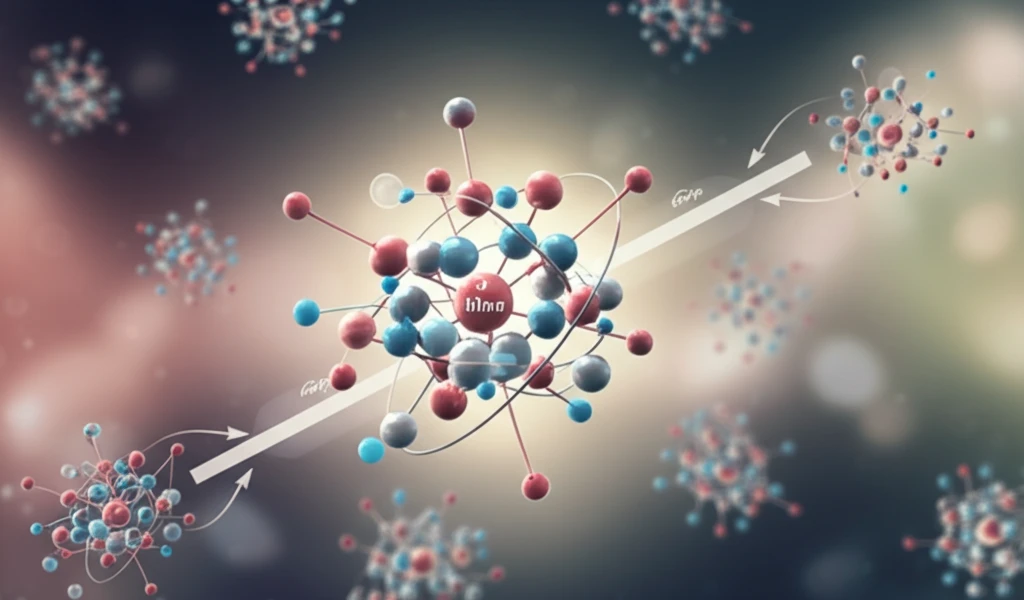
The Chemistry of Change: How Molecules Shape Our Reactions
"Unlocking the secrets of molecular behavior to understand chemoselectivity and transform reaction outcomes."
Have you ever wondered why some chemical reactions yield unexpected products? The world of organic chemistry is filled with such puzzles, where subtle changes in molecular structure can lead to dramatically different outcomes. Recently, scientists have been delving deeper into understanding and controlling these reactions, particularly those involving catalysts—substances that speed up chemical reactions without being consumed themselves.
One fascinating area of study is chemoselectivity, which refers to the preference of a chemical reaction to occur at one specific site within a molecule when multiple reactive sites are present. Understanding and controlling chemoselectivity is crucial for synthesizing complex molecules efficiently and precisely. Recent advances in this field are not just theoretical; they have the potential to revolutionize how we create everything from new drugs to advanced materials.
This article explores cutting-edge research that unveils the underlying mechanisms governing chemoselectivity, offering insights into how we can better predict and manipulate chemical reactions. With a focus on rhodium catalysts and their interactions with complex organic molecules, we’ll uncover how these insights could transform the future of chemistry.
Deciphering Molecular Interactions: A New Look at Rhodium Catalysis

At the heart of this investigation lies the use of rhodium catalysts, specifically Rh2(II) complexes, in reactions involving aryl azides. Aryl azides are compounds containing a nitrogen group (N3) attached to an aromatic ring, and they are known to undergo fascinating transformations in the presence of metal catalysts. The key is understanding the intermediate steps that determine which product is formed.
- Singlet vs. Triplet States: The spin state of the reaction intermediates (singlet or triplet) plays a crucial role in determining the reaction pathway.
- Proton Transfer: The ease with which a proton (hydrogen ion) is transferred within the molecule influences the subsequent steps.
- Ring Tension: The strain inherent in cyclic structures, especially four-membered rings, affects the likelihood of ring expansion.
- H-Atom Abstraction (HAA): Abstraction of a hydrogen atom by the proximal carbon in the triplet state is more favorable than proton transfer.
The Future of Molecular Design
These findings provide a detailed understanding of how molecular structure and electronic properties influence the chemoselectivity of rhodium-catalyzed reactions. By manipulating these factors, chemists can design more efficient and selective synthetic routes for creating complex molecules. Understanding the subtle interplay of these factors paves the way for designing catalysts and reaction conditions that offer unprecedented control over chemical transformations.
